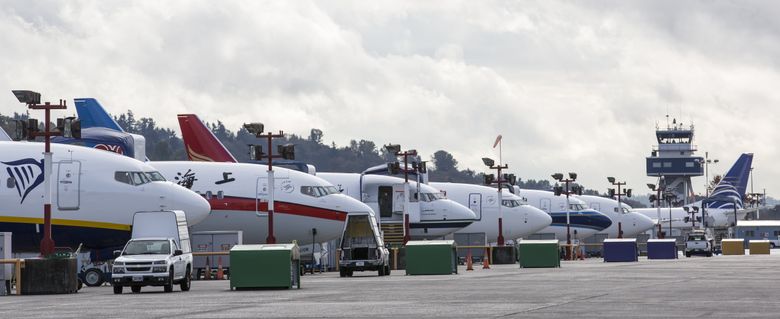Leeham News and Analysis
There's more to real news than a news release.
Pontifications: A fresh perspective at Boeing Commercial is sorely needed
Nov. 28, 2016, © Leeham Co.: Boeing last week named an outsider, Kevin McAllister, as the chief executive officer of Boeing Commercial Aircraft (BCA).
I think this has the potential to be an invigorating move.
McAllister comes to BCA from his position as CEO of GE Aviation Services.
I don’t know McAllister and have no opinion whether he will be good, bad or mediocre. But I do like the idea of bringing an outsider in to run BCA. (My insider favorites were Stan Deal and Beverly Wyse.)
Here’s why.
Emirates feels low-cost, long-haul competition
Note: Nov. 24 and 25 are Thanksgiving Holidays in the US. Our next post will be Monday.
By Bjorn Fehrm
23 November 2016, ©. Leeham Co: Emirates Airline president Tim Clark says the carrier “has to change its approach to long-haul pricing to combat increasing competition” after presenting a half year 2016 profit which plunged 64% on 9 November.
The reason is that traditional mainline carriers are entering the low-cost, long-haul market in addition to the established LCC entrants: Norwegian Air Shuttle, AirAsiaX and Wow Air.
Emirates will add new low-cost fares to keep its growing fleet of Airbus A380 and Boeing 777 filled. Clark states this is necessary and that the airline will not back down on its plans for additional aircraft. It will be a period “of fierce competition as more and more international network carriers are entering low-cost, long-haul,” declares the COO.
What has changed? Isn’t Emirates the Kings of competitive long-haul travel? Read more
Is a Boom SST good business for Virgin Atlantic?
By Bjorn Fehrm
Subscription required
Introduction
November 21, 2016, ©. Leeham Co: The emergence of Boom Technology and Virgin Atlantic’s plans to offer supersonic business class passenger traffic over the Atlantic is intriguing.
Enough of the business plans and data around the aircraft are known to enable us to do a first economic analysis.
There will have to be a lot of assumptions in such an analysis but having modeled around 100 different airliner types economics’, we have some data to base our assumptions on.
We think the accuracy will be enough to get a first feel if the Virgin Atlantic venture is tight on margin or a slam dunk (should it become reality).
Summary:
- The operating costs of a supersonic airliner will center on fuel and maintenance.
- These costs will be considerably higher than for a normal widebody airliner.
- The Virgin Atlantic venture targets the higher yield of a business passenger to cater for these costs.
- We check if this is true and if a SST venture is good use of invested capital.
Airbus, Boeing deferrals may indicate slowing global economy
Subscription Required
Introduction

Boeing 737 flightline at Boeing Field: 737s awaiting delivery. Seattle Times photo via Google images.
Nov. 17, 2016, © Leeham Co.: The deferral by United Airlines of 65 Boeing 737-700s announced Tuesday caused some observers to conclude this has a negative impact on the manufacturer, but this may well overlook a larger issue.
UAL is the latest “quality” airline to announce deferrals to reschedule capital expenditures or because of not needing the aircraft now.
Softening yields, particularly among US airlines, indicate over-capacity despite load factors of 85% or more, say industry observers.
While the backlogs of Boeing and Airbus remain solid today, do the actions of several major airlines indicate the leading edge of a global economy that’s beginning to soften?
Summary
Pontifications: Leahy’s retirement from Airbus
Nov. 14, 2016, © Leeham Co.: News emerged last week that Airbus super-salesman John Leahy has a new deputy, Kiran Rao.
A new title for Rao wasn’t revealed in the Bloomberg story. He currently is EVP-Strategy and Marketing, so he already was right up there behind Leahy.
But the report, which is presumed true (Bloomberg has a good track record on this sort of thing) is pretty clear indication that the 66-year old Leahy is soon to retire and Rao is almost certainly his successor.
Leahy is Chief Operating Officer-Customers for Airbus Commercial.






